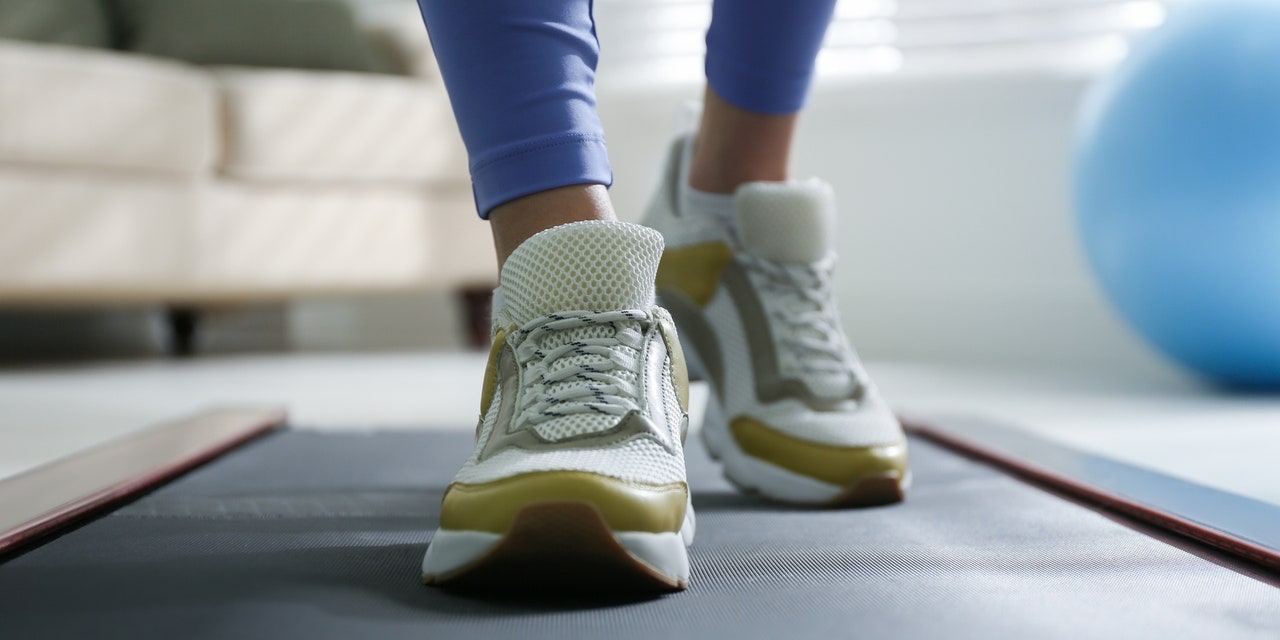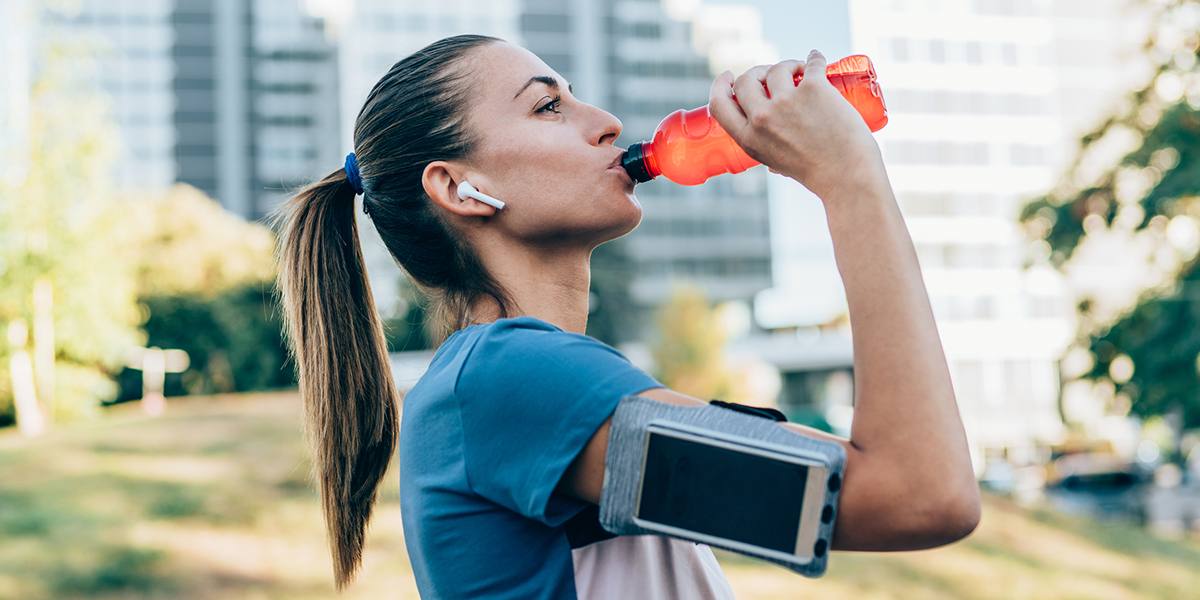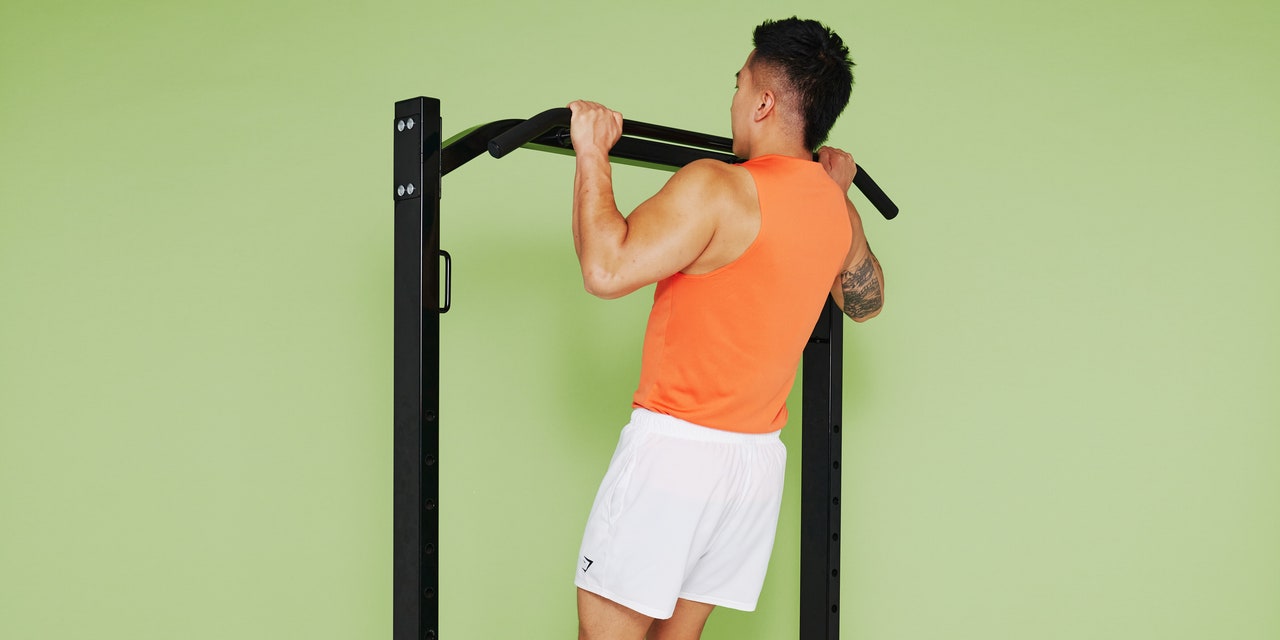Does Using a Walking Pad Really…Do Anything?

The explosion of work-from-home life has given many of us new habits. We take video calls from our couch, do laundry at lunchtime, and redecorate our living rooms to become our office space. One shiny new product that’s been finding a home there? A walking pad.
This piece of equipment—one of the “better trends” that burst into the fitness space over the past few years—allows folks to reap the benefits of adding steps to their day without having to do an intense workout (or go to the gym) to get it done, Kelly Bernadyn, CPT, a Michigan-based group fitness instructor at Life Time clubs, tells SELF.
Still, ambling along at a leisurely pace while you multitask is a lot different from doing a dedicated workout. But can it be just as good? Here’s what you need to know.
Walking pads don’t offer the power of treadmills, but they do make it easy to add some movement to your day.
A walking pad looks a little like a small treadmill, minus the handlebars (so you can easily slide it under a standing desk). But since they’re designed specifically for walking, these machines typically have lower max speeds and shorter belts than treadmills, as well as little-to-no incline capabilities.
“I think the best thing about it is how simple it is to use,” Rick Richey, CPT, a personal trainer and faculty instructor for the National Academy of Sports Medicine, tells SELF. “The benefit of getting on a walking pad just for walking is that it doesn’t require a warm-up or a cooldown.” All you have to do is hop on, set your desired speed, and rack up the many benefits of taking extra steps.
As SELF reported previously, walking brings a whole bunch of perks, from reduced back pain to improved mood. And you don’t necessarily need to stroll for a sustained amount of time to make it worth it. According to a 2023 study published in Medicine & Science in Sports & Exercise, walking for five minutes every half hour can lower both blood sugar and blood pressure, which can help offset the detrimental health effects of a typical sedentary desk job. But it’s not always realistic to take quite that many breaks during the day, which means a walking pad—which allows you to sneak in a little gentle activity without ever leaving your laptop—might just come in clutch.
Even if you’re only walking a mile an hour, you can get your blood flowing and joints moving. It might even boost your mood (and perk you up) when you hit that afternoon slump, Bernadyn says.
Just keep your expectations realistic. “If all we do is add this walking into our lifestyle, we do ourselves a disservice,” Bernadyn says. That’s because our bodies need a variety of movements and intensities to really create a well-rounded fitness routine. Walking slowly at your desk won’t build muscle the way you could through strength training—which packs its own perks, including better balance and bone density—or improve your heart and lung function as much as you would with moderate- or high-intensity cardio.
So how can you get a workout with a walking pad?
A walking pad is mainly designed to steadily boost your step count while you’re doing something else—so that’s generally going to be the best way to use it. But that doesn’t mean you can’t get creative and turn it into a bit more of a workout by making a few adjustments.





